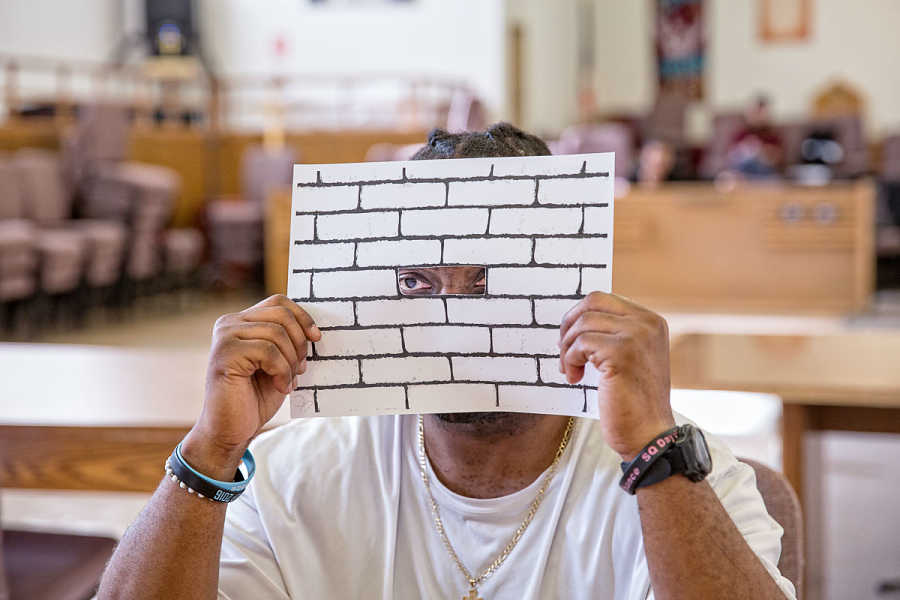If we lived in a more just country, theatre in prison—the theme of several stories in this issue—wouldn’t even be a thing, because prisons as we know them wouldn’t exist at all. It is a truth not universally acknowledged but worth restating here: Mass collective incarceration is a barbaric practice that fails by every presumed metric by which it’s justified. It doesn’t prevent recidivism, rehabilitate offenders, or deter crime. Countries like Norway, for instance, have shown that treating all but the most sociopathic convicts like sentient human beings with some degree of liberty, privacy, and autonomy dramatically improves outcomes on all measures. And behaviorist reforms that have been tried in some U.S. cities and states—some involving GPS tracking, some instituting certain-but-quick punishment regimes that don’t require protracted jail time—point to alternatives to the penitentiary detention model that aren’t just more humane to prisoners but also serve the social goals of rehabilitation and re-integration.
If the best we can say for the U.S. version of prison is that it is cruelly punitive to criminals—and this does seem to be the only reason, to our shame, that we Americans hold onto it—we might at least consider the more self-interested argument that it is also indiscriminately punishing to all who are implicated in its practice, which is to say not only prison administrators and corrections officers but all of us of who pay taxes for it and continue to vote for politicians who either actively buttress or fail to oppose it. Morally, socially, and financially, in other words, the American prison system is a catastrophe, and last December’s criminal justice reform bill, passed by Congress and signed by the president, barely comes close to addressing it.
But as with many challenges we currently face, we can both work for eventual radical reform and use smaller-scale tools to make things better, and more human, right now. In the case of U.S. prisons, arts and writing programs can help reclaim some of the imaginative interior space prisoners inevitably give up when they enter the Big House. Theatre programs arguably add to that personal reclamation an example of positive and productive social interaction. Though these don’t necessarily provide explicit models for an eventual return to civilian employment, in many cases these theatre programs are staffed by former prisoners who understand their value firsthand. If there’s an understandable and urgent focus on improving the material condition of prisoners, we do them a disservice if we don’t also consider ways we can maintain and improve the state of their souls, for lack of a better word.
This, of course, maps onto a larger debate about art’s function in troubled times. To put it crudely: Is theatremaking while migrant children are being held in concentration camps at the border equivalent to fiddling while Rome burns? As ever I turn to Brecht, who once wrote: “In the dark times / Will there also be singing? / Yes, there will also be singing / About the dark times.” I would only add to that elegant formulation the unoriginal observation that while food and medicine and shelter are what keep a person alive, art and fellowship and purpose—all things that the practice and performance of theatre offer—are some of the things worth staying alive for.


